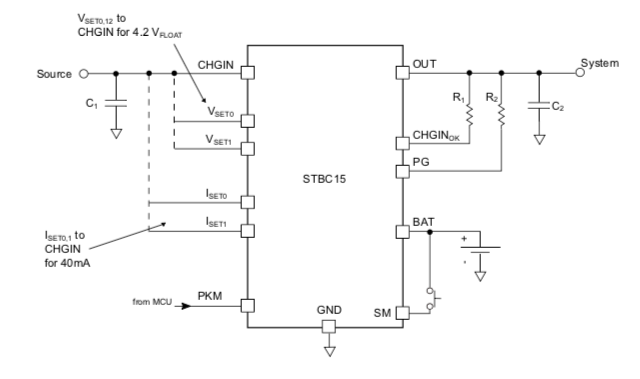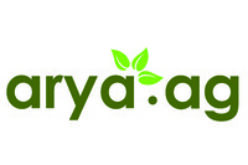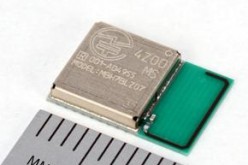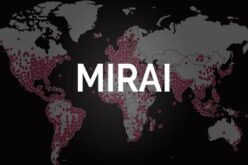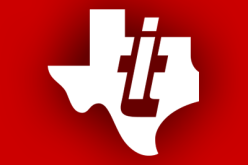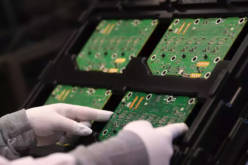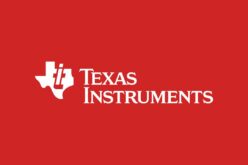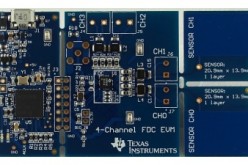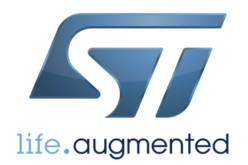Ultra-low current consumption linear battery charger
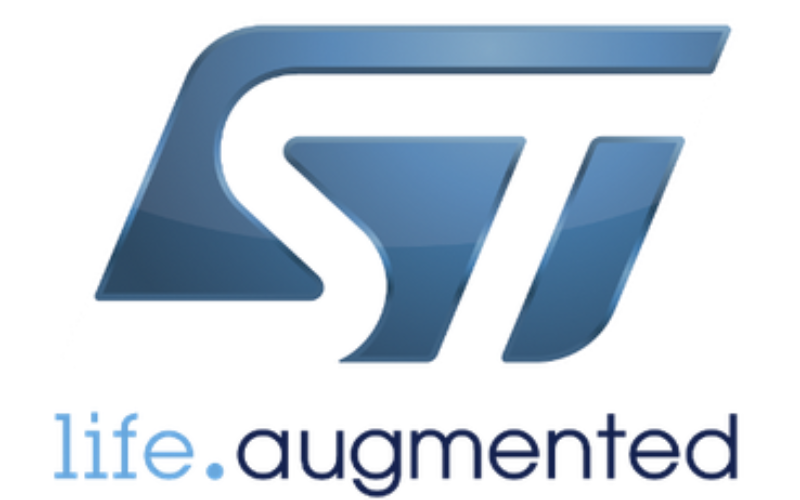
The STBC15 is a linear charger thin film battery with a maximum charging current of 40 mA. The device uses a CC/CV algorithm to charge the battery. Thanks to the ultra-low consumption architecture, the charger is suitable for low-capacity cells such as thin film batteries and can use low energy sources such as energy harvesters. A 5 V input like a standard USB port can be used as a voltage source as well. A specific version (-L) is available to charge Li-Ion cells.
The STBC15 integrates an over-discharge and overcurrent protection circuitry to prevent the battery from being damaged under fault conditions. The floating voltage value can be set to four different values by using dedicated selection inputs. A higher set of floating voltages, suitable for Li-Ion batteries, is available in the -L version of the product. A dedicated pin allows the device to be set in shelf-mode. In this condition, the STBC15 consumes less than 10 nA, thus not discharging the battery before the final device is activated by the end user. The ultra-low power architecture allows the STBC15 to consume less than 250 nA when the input power source is removed and less than 10 nA in over-discharge-mode.
The device is available in a (1.7 × 2.0 mm) 12-lead QFN package, 400 µm pitch, 0.55 mm max. thickness or in Flip-chip 1.1 x 1.4 mm 12 bumps 300 µm pitch.
The schematic of the application is as below:
Key Features
- Charges thin film battery with CC-CV algorithm
- L version suitable for Li-Ion batteries
- Charging current up to 40 mA (selectable by dedicated pins)
- 250 nA battery leakage current
- Reverse current protection from battery to supply input
- Programmable floating voltage with 0.5% accuracy
- Battery overcurrent protection
- Battery over-discharge protection switch totally disconnects battery for cell durability
- Shelf-mode supported, no battery mechanical switch needed
- Power-Good open-drain output
- Valid source open drain output
- Peak mode input to avoid over-discharge false triggering
- Available packages:
- QFN12 1.7 x 2.0 mm, thickness 0.55 mm max.
- Flip-chip12 1.1 x 1.4 mm, 300 µm pitch
Battery Protection Functions
The STBC15 supports over-discharge protection. When the battery is discharged to a voltage threshold specified by the
parameter, the charger disconnects the battery.
The STBC15 also has a reverse current protection which prevents undesired battery discharge when the input voltage is lower than the battery voltage. Note that preventing a reverse current from the battery to the input voltage source becomes particularly important when the input voltage is provided by a photovoltaic panel.
Shelf and Peak Modes of Operation
By applying a positive pulse to the SM pin, the device goes to the shelf mode and disconnects the battery. In this case, the current consumption reduces to less than 10 nA. This ultra-low power mode allows the final product to have a long shelf storage period without discharging the battery.
When the battery discharges below VBAT−OVD, the over-discharge protection mechanism disconnects the battery. However, in some applications, such as RF transmission bursts, the battery voltage may temporarily go below the typical values of VBAT−OVD. To avoid false triggering of the over-discharge condition, the STBC15 allows us to lower the threshold voltage VBAT−OVD by entering the peak mode operation. By setting the PKM input of the STBC15 to logic high, the minimum of the VBAT−OVD parameter reduces from 3.2 V to 2.2 V.
Applications
- Power Supplies
- Auxillary SMSP
- Battery Chargers
- Adapters
- USB Type C Power Delivery Chargers and Adapters
- TV Power Supplu Units
- Desktop PCs
- AC-DC Power Supply points
- Industrial Welding
- LED Lighting
- Residential Lighting
- Commercial Lighting
- Street Lighting
- Home Appliances
- Regrigeration
- Washing, Drying and Misc. Equipment
- Induction Heating
- Renewable Energy and Harvesting
- Photovoltaic (centralised)
- Photovoltaic (distributed)
- Solar (thermo electric generators)
- Uninterrupted Power Supply
- E-mobility
- On board chargers
- Wireless Charging
and many more…
More details at STM






